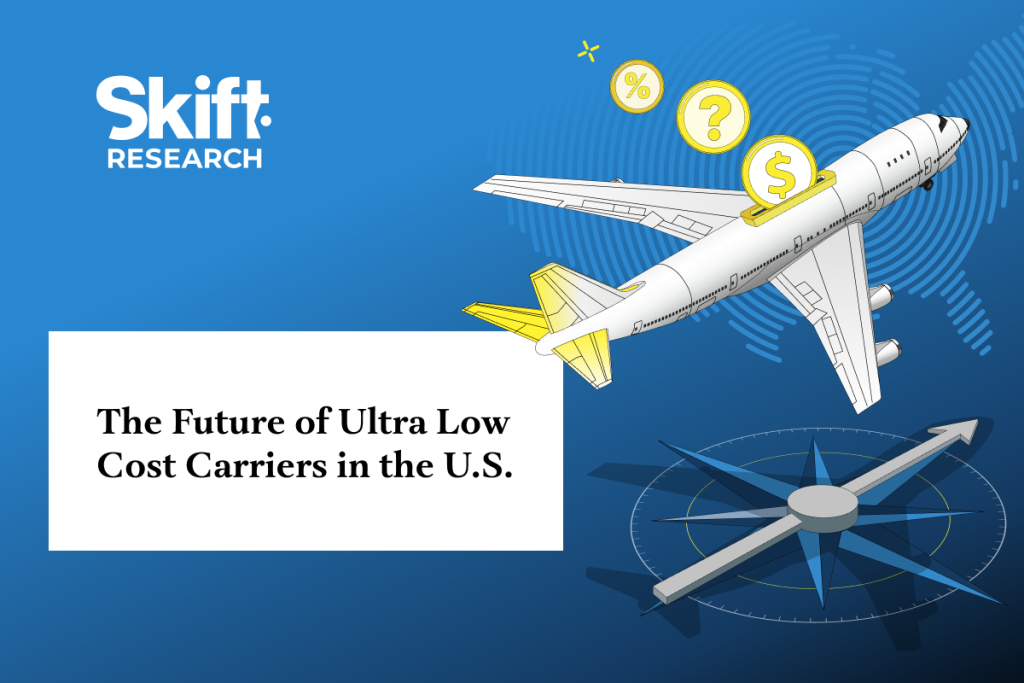Ultra low-cost carriers in the U.S. are facing significant challenges due to high unit costs, reduced operational efficiencies, and increased competition from network carriers. This has led to a decline in operating profits and margins for budget airlines, particularly Spirit and Frontier. Overcapacity in major markets for ULCCs has driven down pricing power, with both ULCCs and network carriers increasing capacity. The shift towards premium airline offerings has also impacted ULCCs negatively since they do not have comparable premium cabins onboard their aircraft. Additionally, ULCCs like Spirit, Frontier, Allegiant, and Sun Country have seen a drop in aircraft utilization rates, leading to decreased efficiency.
In addition to overcapacity and a shift towards premium offerings, ULCCs in the U.S. are facing rising costs, primarily driven by higher labor costs. Unit costs have significantly increased for airlines like Spirit, Frontier, Allegiant, and Sun Country, restricting their ability to offer competitive prices in a market flooded with extra capacity. The increasing unit costs have made it challenging for ULCCs to maintain profitability and compete effectively with network carriers. These factors have raised concerns about the future viability of the ultra low-cost carrier business model in the U.S.
The challenges facing ULCCs in the U.S. have been exacerbated by the impact of the pandemic and changes in consumer behavior. With travel demand on the rise, ULCCs have struggled to adapt to the changing market dynamics and overcome the hurdles posed by overcapacity, rising costs, and reduced operational efficiencies. Despite efforts to increase capacity and drive growth, ULCCs like Spirit and Frontier continue to face losses and uncertainties about their long-term sustainability. As the industry evolves, ULCCs will need to reassess their strategies and make significant changes to remain competitive in a challenging market environment.
Efforts to improve operational efficiencies and reduce costs will be critical for ULCCs looking to overcome the challenges they currently face. Enhancing aircraft utilization rates, streamlining operations, and optimizing routes can help reduce costs and enhance profitability for budget airlines. However, the competitive landscape and shifting consumer preferences present additional hurdles for ULCCs seeking to regain their footing in the market. It will require innovative solutions and strategic initiatives for ULCCs to navigate the complexities of the post-pandemic era and emerge stronger in the face of intense competition from network carriers.
The future of ultra low-cost carriers in the U.S. remains uncertain, with significant obstacles to overcome in a rapidly changing industry. As ULCCs continue to grapple with overcapacity, rising costs, and reduced operational efficiencies, they must explore new avenues for growth and differentiation to stay relevant in a highly competitive market. By addressing key challenges and focusing on improving their strategic positioning, ULCCs can position themselves for long-term success and sustainability in the evolving aviation landscape. It will require a concerted effort and a proactive approach to adapt to the new normal and overcome the hurdles facing budget airlines in the U.S.




